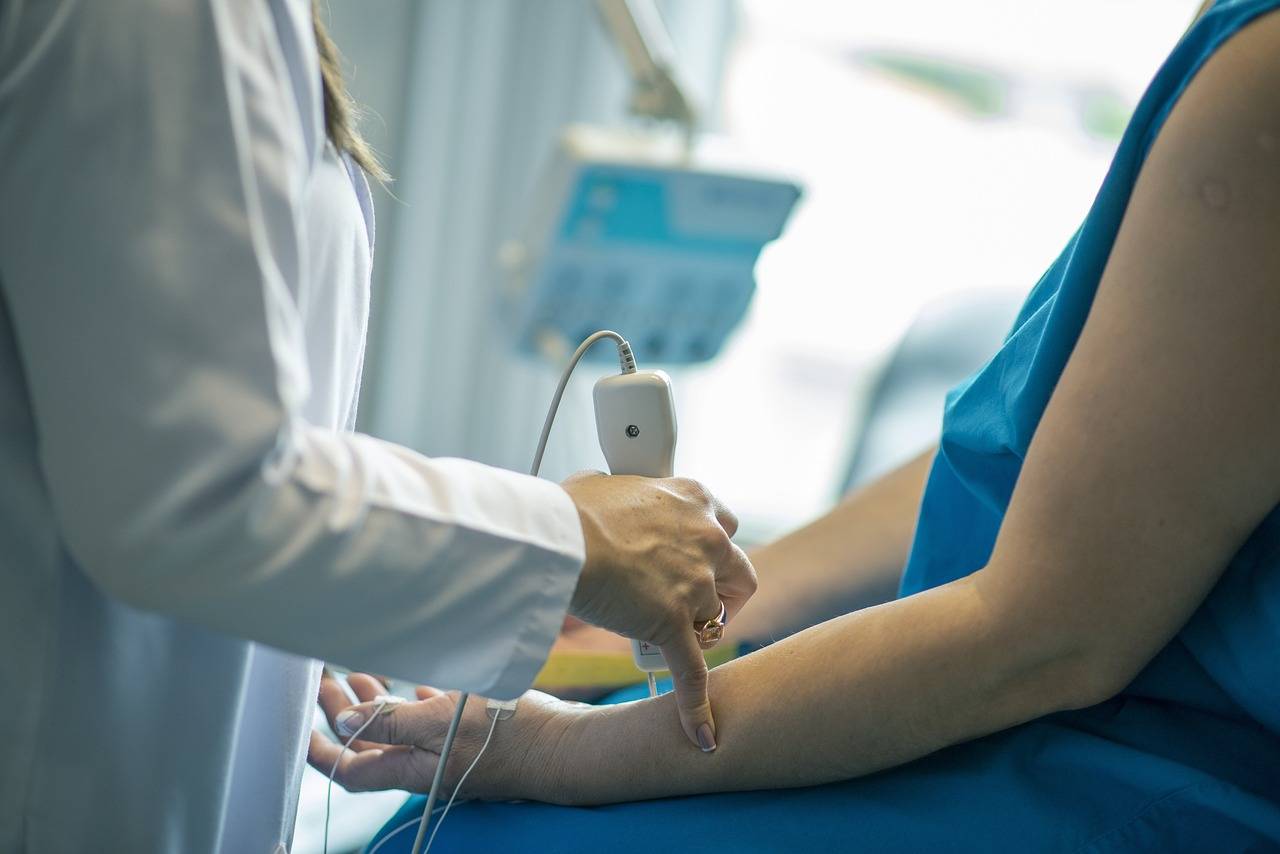
5 Best Practices for Maintaining Medical Equipment Cleanliness
It’s common knowledge that proper cleaning and disinfecting of surfaces and devices, and even using disinfecting hand wipes can prevent cross-contamination of medical equipment. But there is no one singular method for tackling this task. There are multiple factors involved in keeping medical facilities safe and sterile.
Here are the 5 best practices for maintaining medical equipment cleanliness.
Special Considerations for High-Risk Equipment
There is no simple solution to the problem of maintaining medical equipment cleanliness. Some types of equipment pose a higher risk and therefore require special considerations. Meticulous cleaning, disinfecting, drying, and storing of gastrointestinal endoscopes is crucial for patient safety.
That is why the personnel charged with reprocessing equipment such as endoscopes must be trained in the reprocessing protocols for different endoscopes. An example of this is using an endoscope drying cabinet for reusable endoscopes.
The Society for Gastroenterology Nurses and Associates has published a document on standards for infection control in reprocessing flexible gastrointestinal endoscopes. Other bodies have published similar protocols. Keep up-to-date with any new standards for cleaning and storing such medical equipment.
Routine Cleaning Protocols, Inspection, and Maintenance
Establish routine cleaning protocols for all areas to be exercised on a daily and weekly schedule. Use appropriate medical-grade cleaning agents and follow the manufacturer’s guidelines for their use. Also regularly inspect the cleaning materials and machinery and maintain them as needed.
Identify any wear and tear and address these issues immediately. Neglecting to repair broken cleaning devices or damage to surfaces can allow bacteria to get a foothold. This will quickly pose a health risk and can also spread to medical equipment in the vicinity.
Draw up an inspection schedule and closely monitor all cleaning activities. Ensure that cleaning staff are well trained in the correct protocols, and wear appropriate gear such as masks and gloves. Document any breaches in cleaning protocol and take steps to avoid future occurrences.
Proper Disinfection and Cleaning Technologies
Years of handling infectious disease cases have taught the medical fraternity the importance of halting their spread as quickly as possible through proper cleaning and disinfecting of equipment. Part of this is the decontamination of areas and surfaces the patient or equipment has been in contact with.
However, there are many different types of disinfectants. Keep a range of products to deal with various medical scenarios, and leverage emerging technologies to reduce physical contact with contaminants.
The agents in many virucidal disinfectants are suitable for specific viruses, but not all viruses. Bacterial disinfectants include chlorine, phenolic compounds, iodine, and concentrated alcohols. Some inhibit bacterial multiplication but fail to eliminate them.
Of course, some technologies offer alternatives like ultraviolet (UV)-based sanitizers. This no-touch, non-chemical approach to disinfecting surfaces is used where a high risk of communicable disease is present. This is typically not recommended for use alone but alongside other disinfection techniques.
Ultraviolet germicidal irradiation (UVGI) has been successfully used for surface and air disinfection for many years. However, the background UV radiation levels produced have made it more suitable for use in operating theaters and patient rooms that are vacant at the time.
Use of Sterilization Equipment
Sterilize all of your medical equipment immediately after every use. Waiting too long before doing so can increase the risk of infection of other equipment and surfaces. Medical device sterilization methods fall into three main categories — physical, chemical, and radiation.
-
Physical methods of sterilization entail placing equipment into an autoclave device which is then sealed. The equipment is sterilized and microorganisms are killed through heat and humidity at high pressure.
-
Chemical sterilization methods use chemicals like ethylene oxide, chlorine dioxide gas, or hydrogen peroxide to sterilize medical equipment.
-
Radiation methods can also be very effective. They use either gamma-ray radiation or electron beam radiation for medical equipment sterilization.
As with disinfectant products and techniques, some sterilization methods are more suitable for specific situations, than others. Therefore, it is best practice to have more than one of these methods available. Do routine checks to ensure that autoclaves and other sterilization equipment are working properly.
Waste Disposal and Management
Medical waste is part of any medical facility, from a doctor’s office to a dentist’s office. If medical procedures of any kind are taking place, medical waste is being generated. Dispose of medical waste responsibly, even the waste that is not considered particularly hazardous.
This includes not only biological waste but also all potentially infectious waste like swabs, bandaging, gloves, and contaminated equipment like needles and syringes. Do so consistently and you will further reduce the risk of cross-contamination and exposure to harmful agents.
Take great care when handling these items, and use proper medical waste bins. Keep these far from entrances where the public will be exposed to their contents, and schedule regular pickups. Segregate medical waste according to their types before disposal.
Adhere to local and federal guidelines for hazardous and bio-waste disposal. Guidelines for the disposal of biohazardous waste can differ from one region to the next. If you manage multiple medical facilities, this is a crucial factor to be aware of.

Comments (0)